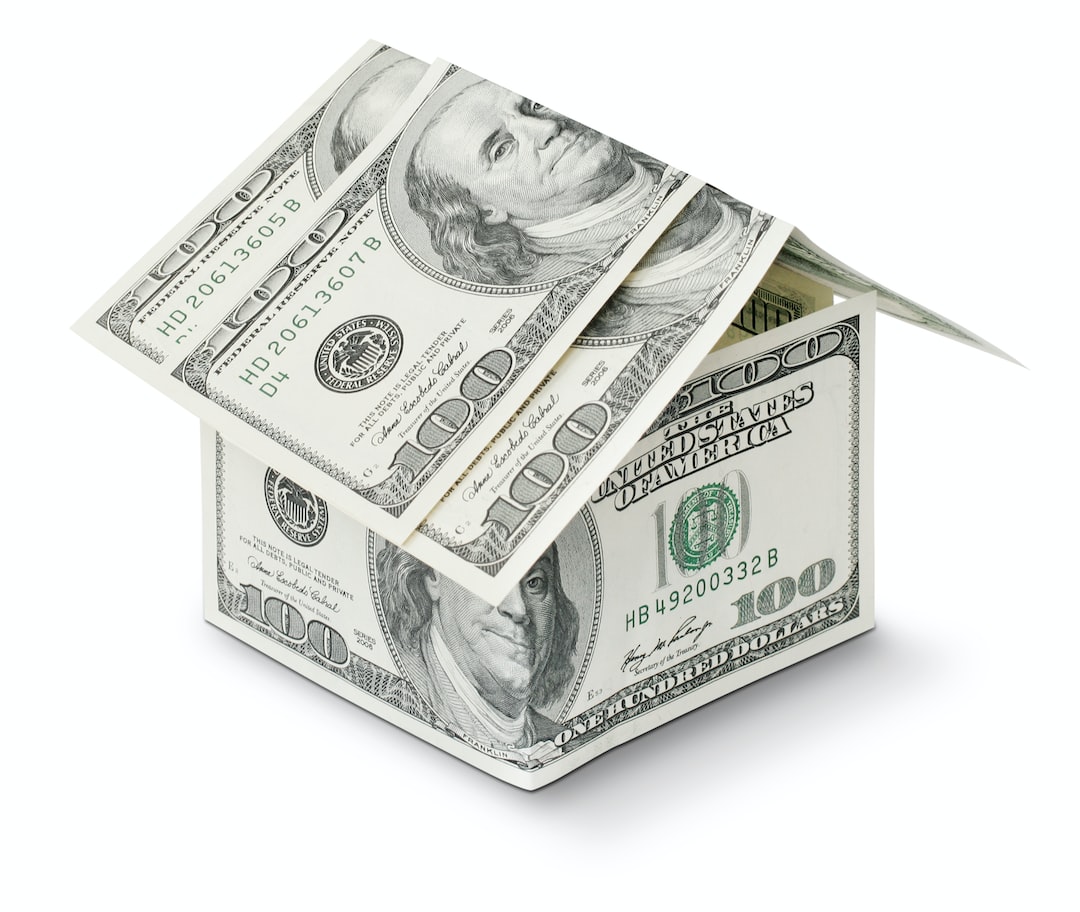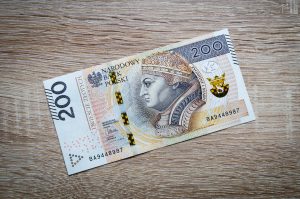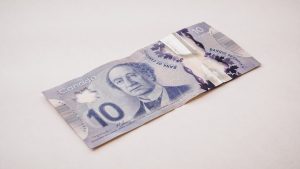Forex trading is one of the most popular and lucrative investment opportunities in the world. With the right strategy, knowledge, and tools, traders can earn significant profits from the forex market. One of the tools that traders use in forex trading is leverage. Leverage is a loan that brokers provide to traders to boost their buying power in the forex market. With leverage, traders can enter larger trades with a smaller investment. However, leverage also increases the risk of losing money in the forex market. In this article, we will explain what 1:10 leverage forex is, and the cost of using it.
What is 1:10 Leverage Forex?
Leverage is a loan that brokers provide to traders to boost their buying power in the forex market. The leverage ratio represents the amount of loan that a broker provides to a trader. For example, if a broker offers a leverage ratio of 1:10, it means that for every dollar invested, the trader can trade up to ten dollars. In other words, the trader can borrow nine dollars for every one dollar invested.
The 1:10 leverage ratio is the most common leverage ratio used by forex traders. It is also the maximum leverage ratio allowed by some regulatory bodies such as the US National Futures Association (NFA) and the UK Financial Conduct Authority (FCA). This means that traders cannot use a higher leverage ratio than 1:10 when trading with brokers that are regulated by these bodies.
The Cost of Using 1:10 Leverage Forex
Using 1:10 leverage forex has its advantages and disadvantages. One of the advantages is that it allows traders to enter larger trades with a smaller investment. This means that traders can potentially earn more profits from the forex market. However, the disadvantage is that it also increases the risk of losing money in the forex market. If the trade goes against the trader, the losses can be magnified.
The cost of using 1:10 leverage forex is the amount of money that traders can potentially lose in a trade. For example, if a trader invests $1,000 with a 1:10 leverage ratio, they can enter a trade worth $10,000. If the trade goes against the trader, and the price of the currency pair drops by 1%, the trader will lose $100. However, if the trader used the same $1,000 investment without leverage, the loss would only be $10.
Another cost of using 1:10 leverage forex is the margin requirement. Margin is the amount of money that traders need to deposit with their broker to open a leveraged position. The margin requirement varies depending on the broker and the currency pair being traded. For example, if a broker requires a margin of 1%, and the trader wants to enter a trade worth $10,000, they need to deposit $100 as margin. If the trade goes against the trader, and the losses exceed the margin, the broker will issue a margin call, requiring the trader to deposit more funds to cover the losses.
Conclusion
1:10 leverage forex is a popular leverage ratio used by forex traders. It allows traders to enter larger trades with a smaller investment, potentially earning more profits. However, it also increases the risk of losing money in the forex market, and traders need to be aware of the potential costs of using leverage. Traders need to have a solid understanding of risk management, and only use leverage when they have a clear strategy and a strict risk management plan in place.





